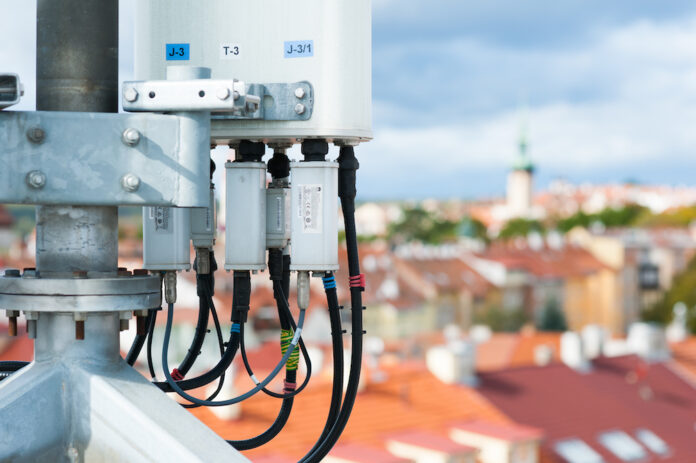Czech telco replacing older Huawei and Nokia kit with Ericsson
PPF Group’s Czech telco CETIN said it was halfway through the construction of its 5G network after completing central Moravia. The telco said it was completely replacing old Huawei and Nokia technologies with Ericsson and had completed around 2,600 locations out of a total of 4,200.
The Moravia upgrade included 814 base stations. “This is the largest technological modernisation of mobile networks in the history of the Czech Republic. In Moravia, more than 200 technicians are involved in it, and as part of the exchange of technology, they have already delivered more than 350 tons of material and equipment to the transmitters,” said CETIN director of network development Vladimír Filip.
He added that the mobile signal can be used by customers of the operators O2 and T-Mobile – both are cooperating on the modernisation. People can now connect to 5G in the districts of Olomouc, Přerov, Prostějov, Kroměříž, Zlín, Uherské Hradiště, Vyškov, Vsetín, Hodonín, Blansko and Nový Jičín.
“We are modernising the mobile network by completely replacing base station technologies,” said CETIN spokesman Adam Zbiejczuk. “It is far from just 5G, but 2G and 4G components are also being replaced, which is a more expensive and logistically demanding path than the competition chooses. Thanks to this, we offer a really high-quality, fast and reliable mobile network.”
“By the end of the first quarter of next year, we will modernize more than 1,000 more transmitters in Moravia. With each exchange, we make sure that the network outage is as short as possible,” he added.
UAE telco group e& recently acquired a stake of 50% plus one share in PPF Telecom Group’s assets in Bulgaria, Hungary, Serbia and Slovakia although its Czech assets – including the Czech operator O2 Czech Republic and telecommunications infrastructure provider CETIN – were not part of that deal.
Tower swap outs and planning
CETIN keeps neighbouring towers in operation as each tower is swapped out, allowing partial continuous coverage. Each tower takes 3-4 engineers 70 hours to replace. Each site takes around six months from identification to ready for service. Each site supports more frequency bands and capacity thanks to a smaller footprint for the new kit.
“We always completely dismantle the existing site – remove active technologies, antennas, cabling – and build everything again,” said Filip. “We will install modern antennas, which we will connect with optical cables. Thanks to 5G, we will increase the access capacity so that we are ready for the growth of mobile traffic.”
CETIN wants to be the wholesaler of choice for 5G and fibre. It currently operates 65,000km of optical cables and its mobile technologies consist of 6.400 base stations for O2 and T-Mobile, which also use the fixed network. The telco provides fixed access network services passing 3.9 million Czech households via its recently modernised fibre-to-the-cabinet (FTTC) network, plus 200,000 households with its ADSL network and a further 105,000 premises with fibre-to-the-home (FTTH).



